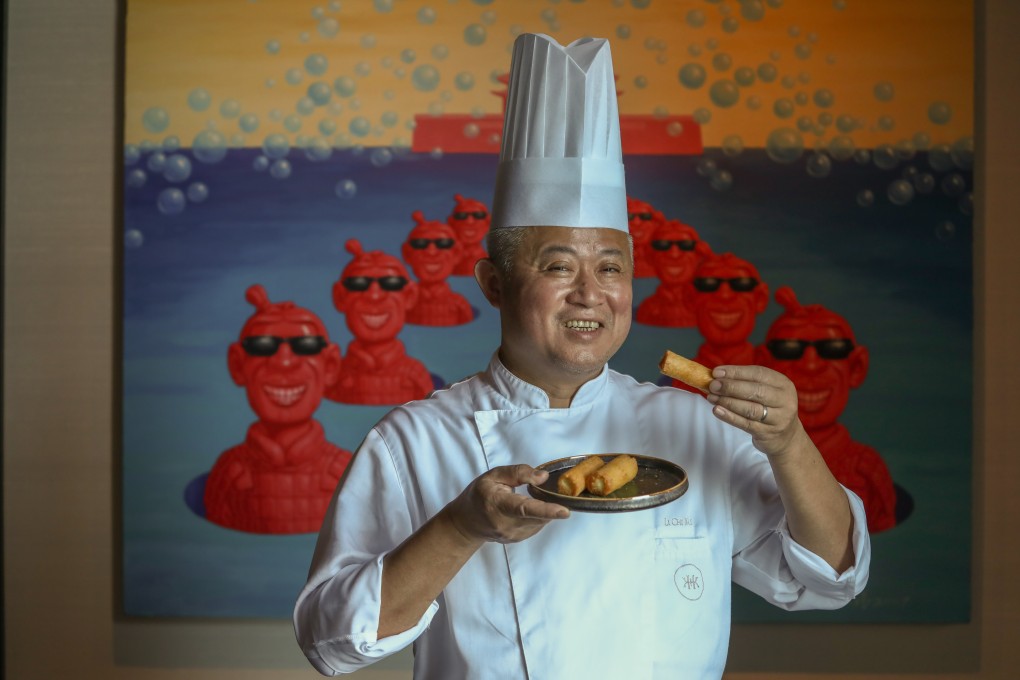From salted-egg tarts to Horlicks ice cream and honey joys, Chinese desserts get a chance to shine
- Deep-fried milk is served at The Legacy House at the Rosewood in Hong Kong, while childhood memories were the inspiration for a dessert at Ho Lee Fook
- A traditional hot milk pudding is reinvented as a more Western cold pudding at Duddell’s, and the egg tart is given a makeover at French-Cantonese bistro Roots

Sweet and sour pork, char siu, Peking duck, spring rolls, xiao long bao, wonton, ma po tofu, crispy skin chicken, hot and sour soup, fried rice – and so much more. The list of internationally beloved Chinese dishes, questions of authenticity notwithstanding, is long.
Ask people about Chinese desserts, though, and they are likely to draw a blank. As popular as Chinese cuisines are, it’s the savoury dishes that are the stars – sweets languish in the shadows, without an identity of their own.
“Cantonese cuisine incorporates items such as egg tarts and tofu puddings into dim sum, but they are not known as desserts as such,” says Li Chi-wai, the Chinese executive chef at the Rosewood Hong Kong hotel. “These items tend to be enjoyed throughout the meal, unlike Western cuisine, where you will have dessert at the end; there isn’t such a culture [in Chinese cuisine].”
Change is under way, though, with sweet endings becoming a highlight of meals.

“We use milk from Hokkaido [in Japan] because it’s denser and smoother compared to local milk,” Li explains. “It’s also sweeter, which means we have to add less sugar.”
